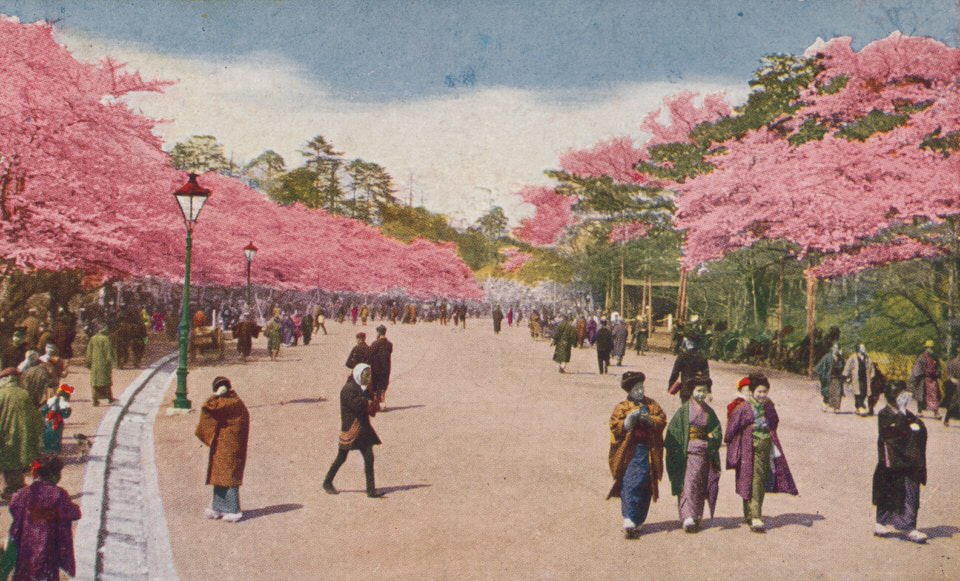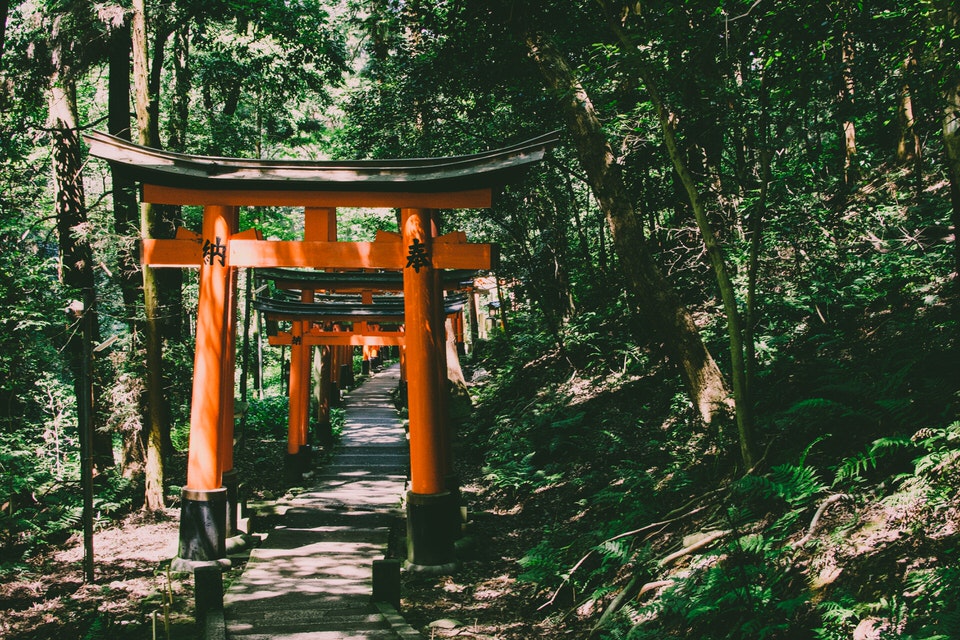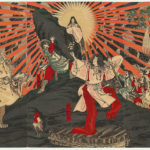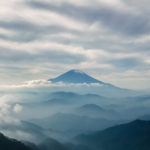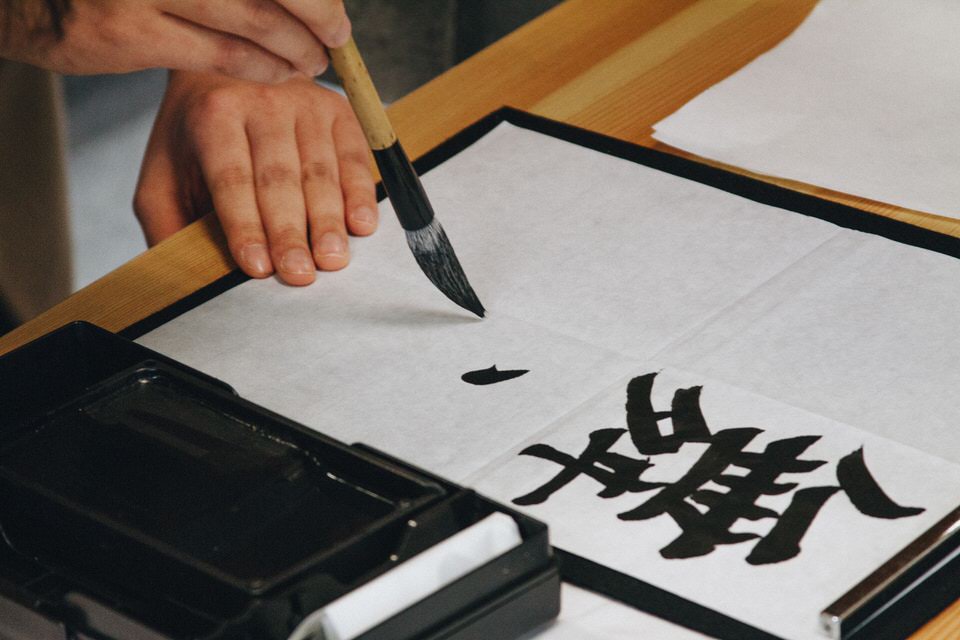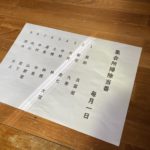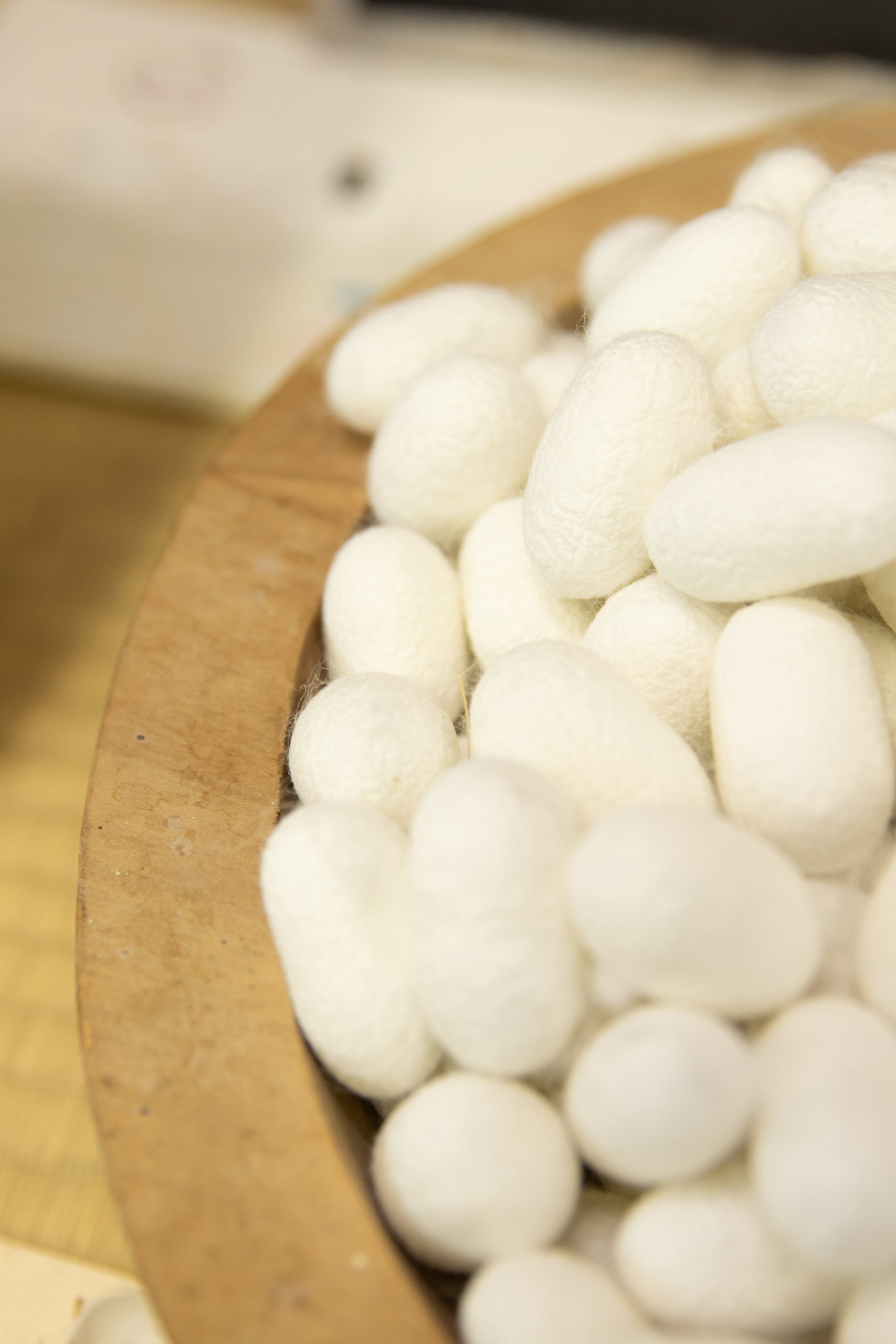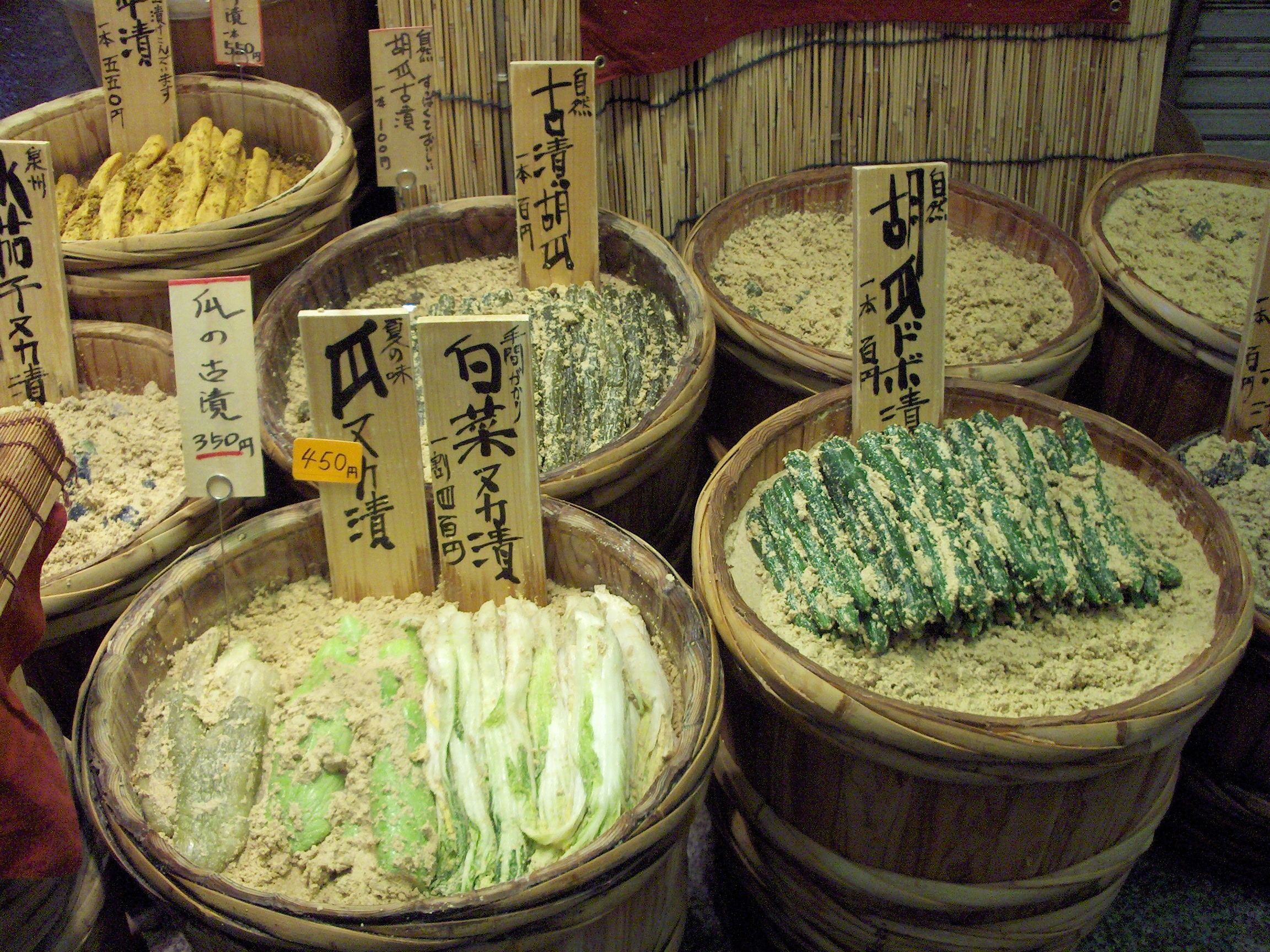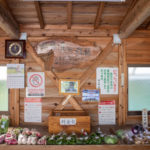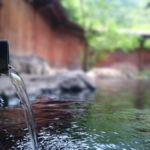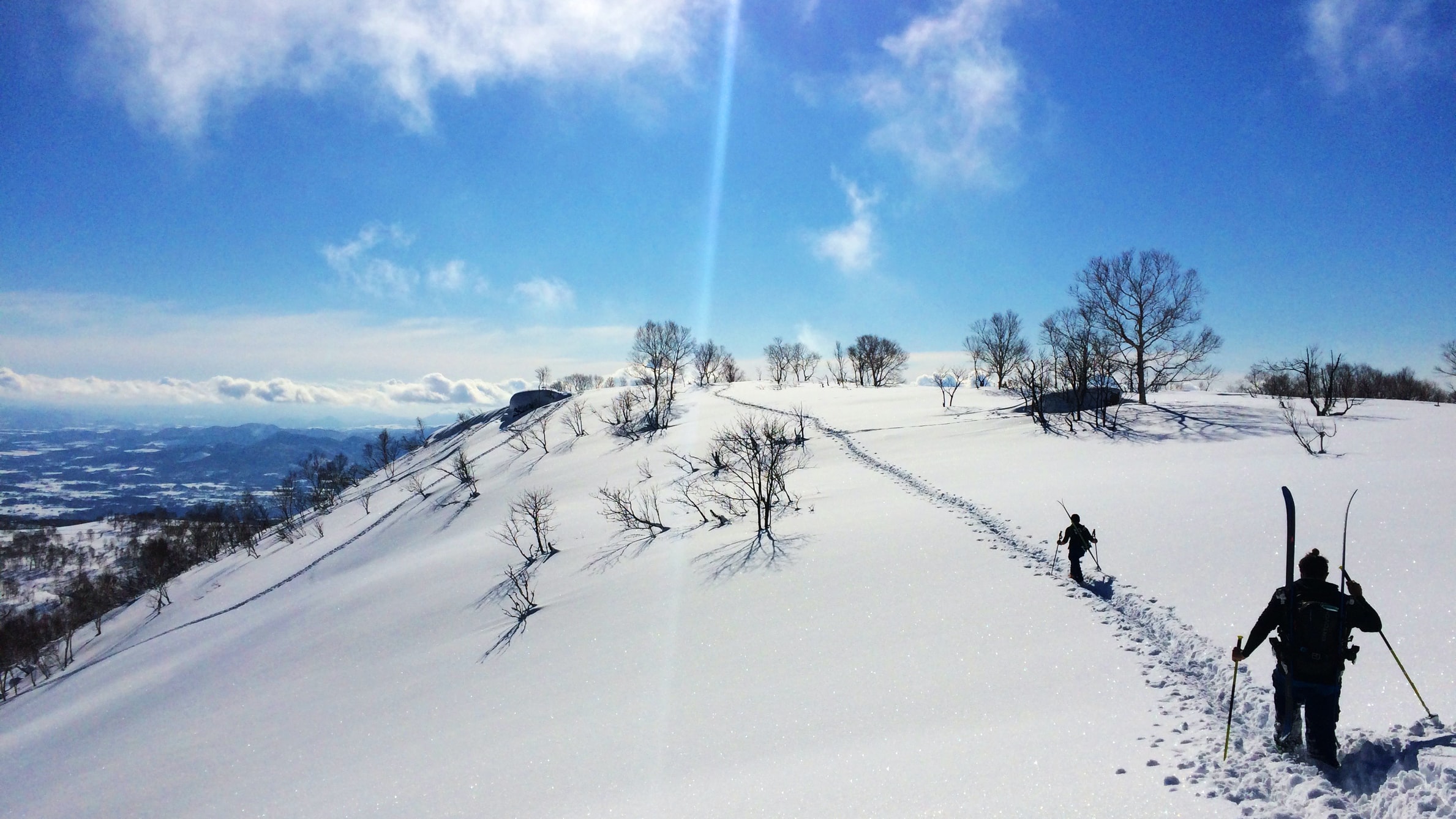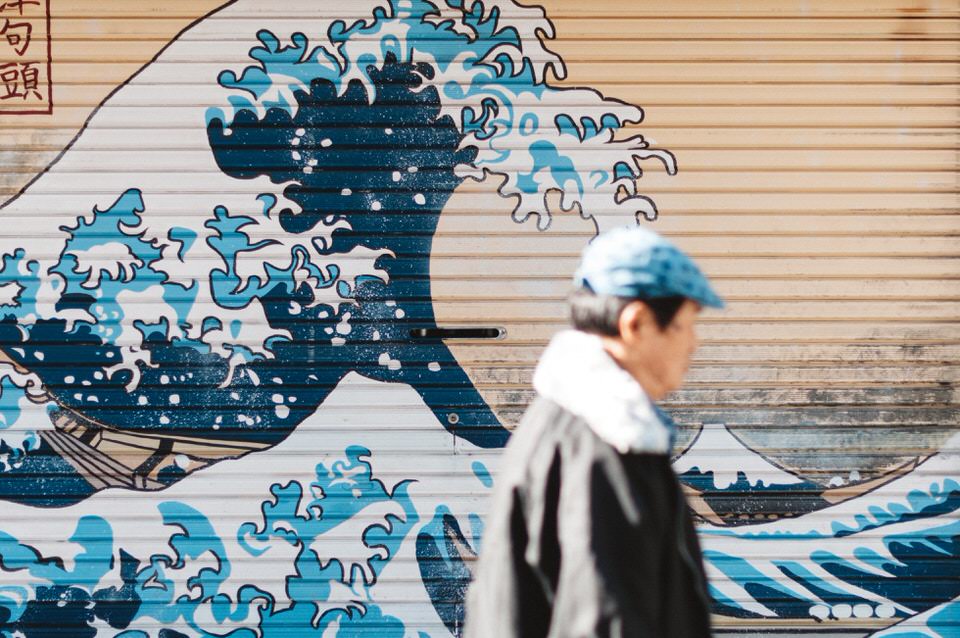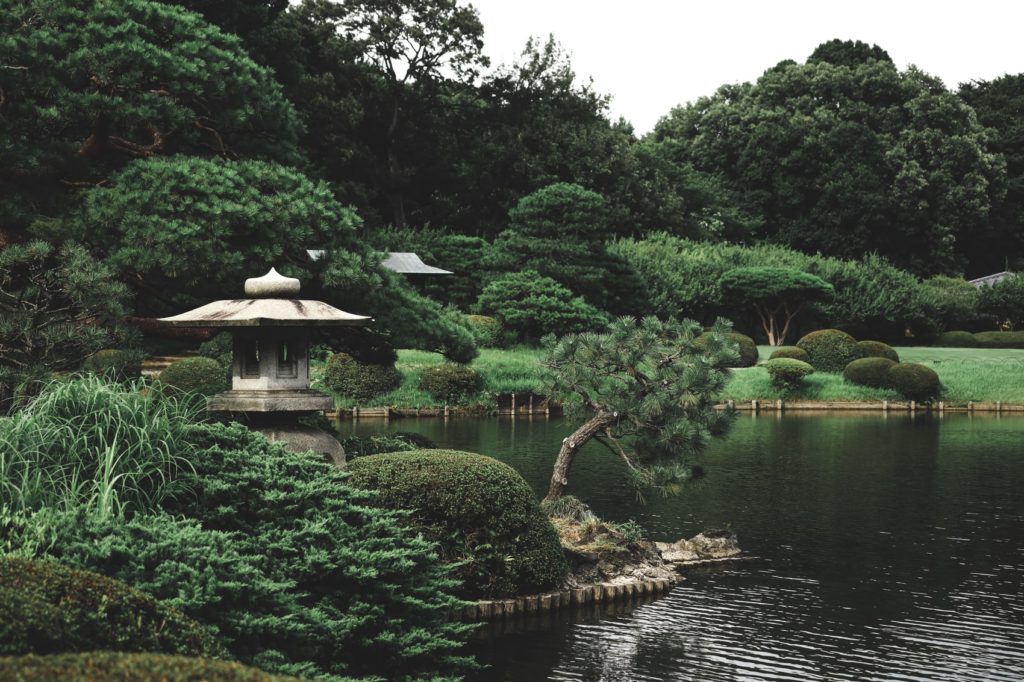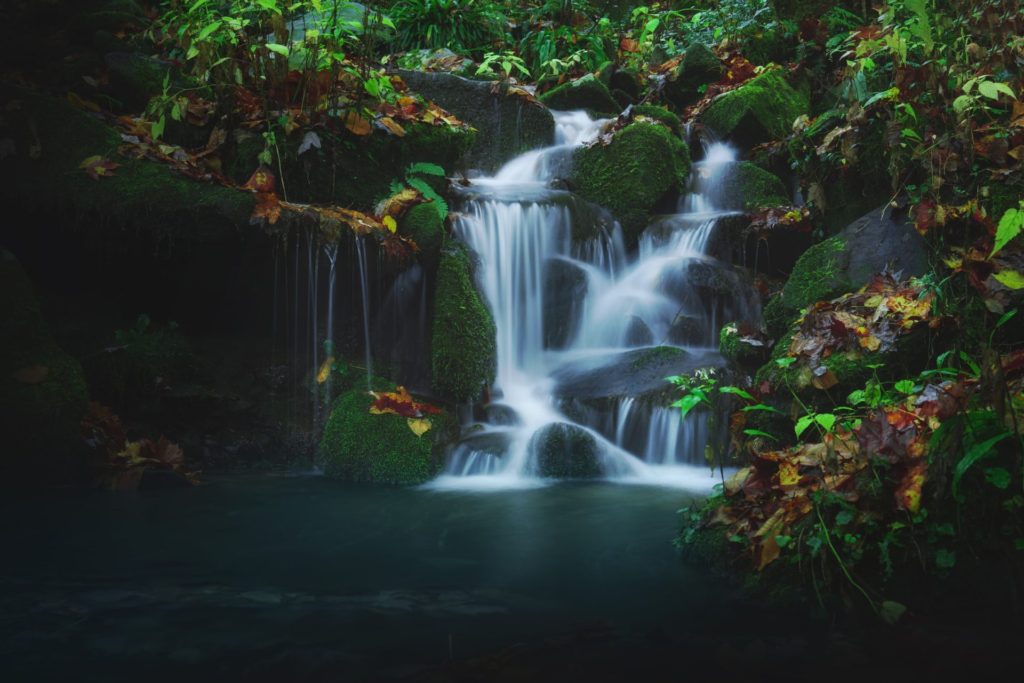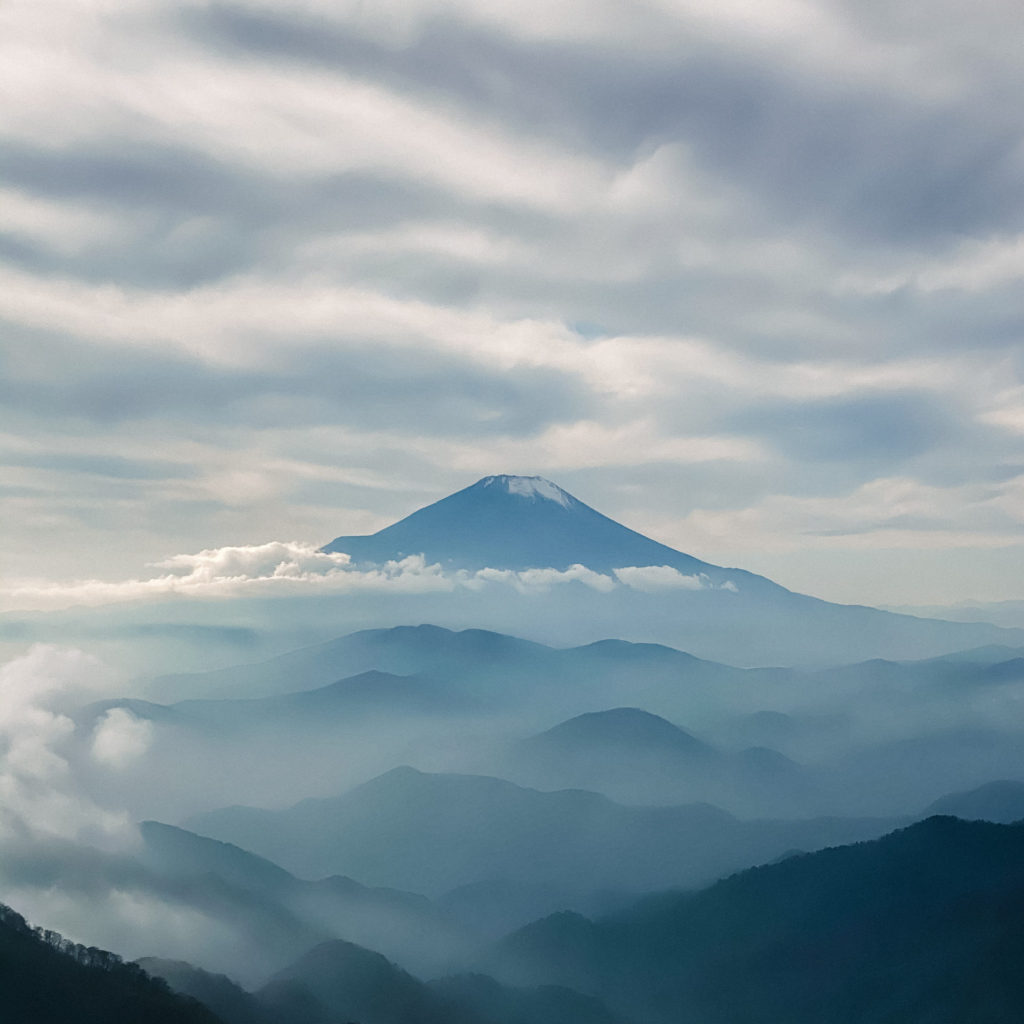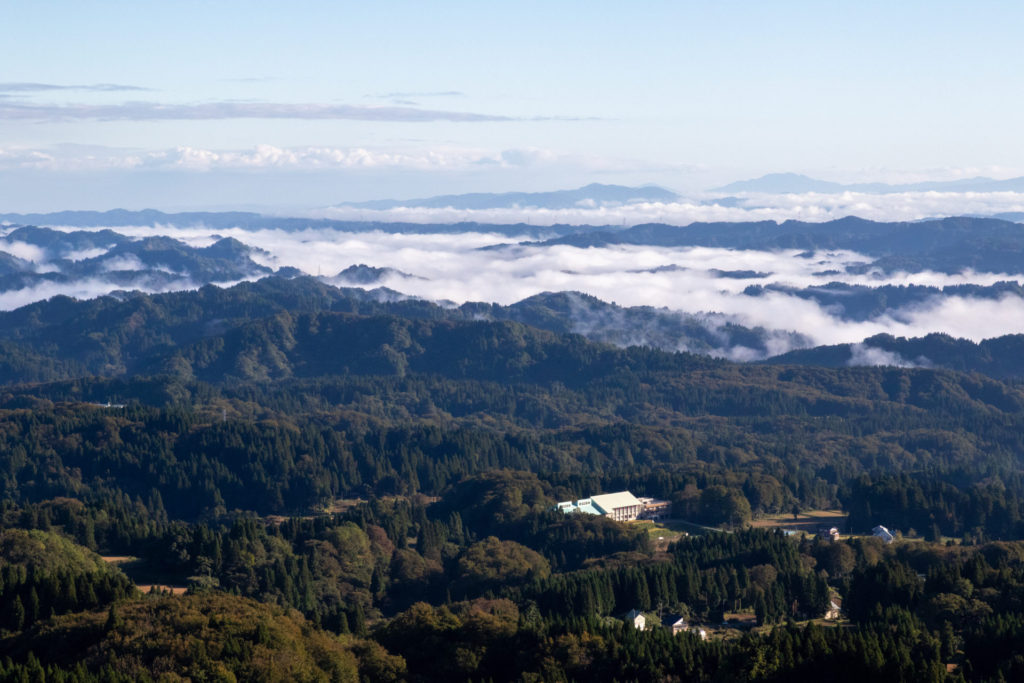Japan is a country with a long history and has nurtured a variety of cultures. Among the various Japanese cultures, some are more exposed and known, but there are still many parts of the culture that are not well known. I hope this article will help you find a new interest in Japanese culture and enjoy it.
Language
As you know, In Japan, Language is mainly used in Japanese. It uses a combination of hiragana, katakana and kanji.
In addition, foreign words derived from English are favorably used and gave rise to words called Japanese English(和製英語).
Religion
The majority of religions in Japan are Shinto and Buddhism. Therefore, there are so many shrines and temples in Japan, and famous shrines and temples have become tourist attractions.
-

-
What is difference between Shrine and Temple?
This page explains what a shrine is, the difference between a shrine and a temple, how to visit a shrine, the relationship between shrines and Japanese events, and a list of shrines. What is a shrine? A Shrine is a facility that enshrines the gods of Shinto, a religion unique to Japan. The origin of the Shrine According to the association of Shinto Shrine, large trees, huge rocks, and mountains were thought to be places where the gods descended and settled in the ancient times. The area around them was considered a sacred place. Eventually, temporary ceremonial sites were built ...
続きを見る
-

-
Major Religion of Japan : Ancient Shinto, Shinto, and Buddhism
The main religions in Japan are said to be Shinto and Buddhism, but what exactly is Shinto? What is Shinto? Shinto is a indigenous religious beliefs and practices that emerged spontaneously from ancient times in Japan. There is a belief in the so-called "eight million kami": the sun kami for the sun, the water kami for water, the tree kami for trees, and so on.("eight million" is an example of a large number.) Also, the original beliefs do not have founders. There was no "holy book," the equivalent of the Bible in Christianity or the Koran in Islam. It is ...
続きを見る
-

-
Shugendo - Ancient Mountain Worship In Japan
In Japan, the main religions are Buddhism and Shintoism, but there is also a uniquely developed faith in Japan called Shugendo. What is Shugendo? Shugendo is a unique faith that incorporates elements of Buddhism, Taoism, and Esoteric Buddhism into Japanese ancient mountain worship. In Japan, there was originally an animistic belief in nature. Not only mountains, but also rivers, plants and animals were believed to have gods in them, and people worshipped them for various purposes, such as praying for a good harvest and preventing disasters. This animistic primitive belief later developed into Shintoism. Learn more about Shinto here. Among ...
続きを見る
Japanese name
Japanese surname has long history and each surname has meaning.
-

-
Japanese Surname List and History : How Did Japanese Surname Come About?
This page introduce the origin of the surname, the history of the surname in Japan, and the ranking of surnames in Japan. Patterns of Surname Patterns of Surnames Example 1.Surname derived from place names Watanabe(渡辺) / Yokoyama(横山) / Sasaki(佐々木) 2.Surname derived from topography/landscape Kotani(小谷 : Small Valley) / Yamaguchi(山口 : Mountain outcrop) 3.Surname derived from direction / position Kamimura(上村 : Upper Village) / Nishimura(西村 : West Village) 4.Surname derived from Occupation Hattori(服部 : Clothing weaving occupation) / 5.Surname derived from Fujiwara clan (藤原:A powerful family in Japan) Sato(佐藤 : using same Kanji "藤") There are five patterns of origin for ...
続きを見る
-

-
Yago(屋号) - Trade Name Used in Rural Areas of Japan
When I was at a meeting to decide on the schedule for cutting the grass with locals in Kurokura, I was asked about my Yago(屋号). When Yago(屋号) is translated into English, comes out as a trade name. Today, Yago(屋号) are still used as the names of sole proprietors, but it seems that Yago(屋号) are also commonly used in rural areas. In Matsunoyama Kurokura, people write down each other's Yago(屋号) on the sign-up sheets for community activities such as shoveling snow and cleaning public facilities. What is the meaning of the yago used in rural areas? What is a yago in ...
続きを見る
Japanese history and people
There are many unique characters in Japanese history, including shoguns, emperors, ninjas, and samurai.
-

-
Ninja in Japan : What Is Ninja?
Although the name "ninja" is now known outside of Japan nowadays, many aspects of the reality are still remained a mystery. In modern times, Ninja is depicted in manga, movies, and games, and are often seen as heroes. But what is a ninja really like? Hope this page help you to explore the ninja world. What is Ninja(忍者)? Ninja(忍者) were type of warrior who uses ninjutsu(忍術). The main purpose of Ninja is to infiltrate the enemy's stronghold and gather information to gain an advantage in the war. They can also disguise themselves to hide their true identity and confuse the ...
続きを見る
Japanese mentality / manner
There is also a concept that is considered to be a unique Japanese temperament. There are many aspects that shape Japanese communication, such as manners like bowing (Ozigi in Japanese) and concepts like "honne to tatemae". The Japanese also have a culture of shame and humility.
Folklore and mythology
As is the case in other countries, there are various legends and folktales handed down in Japan. In addition, many Yokai(Mystical creatures) also appear in the folktales handed down in Japan.
-

-
What is Oni in Japan? : Learn about Japanese Demon
Oni are imaginary monsters that have existed in Japan since ancient times, and the idea of Oni is used in a wide range of contexts today. Oni are sometimes described as monsters in folktales, sometimes revered at festivals as a force to ward off evil, sometimes used in cartoons, tattoos, and other forms of art, and even used in everyday Japanese language. Let's take a look at what demons are and how they have permeated modern society in this page. What is Oni? Oni are imaginary monsters and demons that are usually thought to harm humans. However, Oni, which have ...
続きを見る
Japanese Cloth
Japanese traditional cloth
Traditional Japanese costumes include kimonos, kimono, and yukata.
-

-
High Quality Japanese Traditional Fabrics Made in Snow Country, Japan
Did you know that the textile culture was very prosperous in the deep snow area of Niigata Prefecture? In the old days, weaving was the best possible work to do when the heavy snowfall would close the area in winter. The textiles from the snow country were highly valued as goods to be offered to the shogun (general), daimyo (Japanese feudal lord), and other influential people. What kinds of textiles are existed in snow country? The "Echigo Angin" has existed for 6,000 years Current archaeological research has unearthed a cloth called Angin from the strata of the Jomon period (14,000 ...
続きを見る
Japanese fashion
In the modern era, various fashions became popular such as fast fashion, foreign fashion, unique Japanese styles such as Harajuku-kei, and subcultures such as gyaru, cosplay, Lolita, etc.
Fashion became more diverse.
Japanese food
Japanese food is also famous overseas. There are many Japanese restaurants overseas. Here aare examples of Japanese food culture.
-

-
7 Popular Japanese Fermented Food & Drink Examples
Japan has a profound fermentation culture. Japan's high level of humidity has made it easy for fermenting microorganisms to thrive. In addition, in the heavy snowfall areas that cover half of Japan, people had to focus on how to preserve food in order to survive the long, harsh winters. These environmental factors led to the refinement of Japan's fermentation culture. Fermented foods such as soy sauce and miso, which have been used for centuries, are now the cornerstones of Japanese cuisine. Here are some of the most famous Japanese fermented foods. Soy Sauce (醤油 - Shoyu) Miso (味噌) Natto (納豆) ...
続きを見る
-

-
Shun (旬) : Seasonal Food Guide in Japan -Why Eat Seasonally?
In Japan, we can enjoy seasonal foods along the four seasons. Here we will look at the benefits of eating seasonal foods and also introduce when they are in season. What are seasonal foods? Seasonal food refers to the time of year when certain foods are relatively fresher and tastier than at other times of the year. Sometimes it simply refers to seasonal foods at the time it can be harvested, but sometimes it refers to the time when seasonal foods are at their best. So there are some foods that are in season after they have been stored for ...
続きを見る
Wagashi (Japanese suites)
Not only in the field of cuisine, but also in the field of sweets, there are areas that are unique to Japan.
Daifuku, Mitarashi dango, Uiro, and Yokan are all types of Japanese sweets.
Manner
In Japanese cuisine, there is a unique manner of eating. The use of chopsticks is one example.
Japanese architecture
In Japanese architecture, traditional techniques are passed down from generation to generation.
Japanese traditional architecture
In many parts of Japan, houses have been built using building materials that have long been used in the local area.
Shrines, temples, castles, and private homes are built in a style unique to Japan.
In addition, the use of Shoji, Byobu, Noren (Each are type of screens) and Engawa (Veranda) are often used to create unique spaces in Japanese architecture.
Modern architecture
Since the Meiji era (1868-1912), European architectural styles and techniques have been introduced, and Japanese architecture has undergone major changes.
Until recently, most houses were made of wood, but nowadays, reinforced concrete and steel-framed houses are becoming more common.
Japanese living
Japanese traditional crafts
Traditional crafts have generally been used for daily life.
Unique traditions have been created in various local area of Japan as a result of local people's ingenuity in adapting to the nature, history, industry, and traditions of the region.
Traditioanal daily essentials
There are many traditional Japanese daily necessities that are still in frequent use today. Tatami, zabuton (Japanese floor cushions), mosquito coils, kotatsu (Japanese table heater), etc. are all used on a daily basis in Japan. (But this may be rare in situations where young people live alone.)
Japanese Events
There are many different events in Japan. Some events are unique to Japan, while others are Western events arranged in a Japanese style.
Annual Events in Japan
Each month in Japan, various events occur. Here's some example.
- Jan: New Year related events
- Feb: Setsubun, Valentine's Day
- Mar: Girls' Day(Hinamatsuri), White Day, Graduation
- Apr: Entrance Ceremony
- May: Golden week (Holiday season)
- Jun: Fathers day
- Jul: Star Festival (Tanabata)
- Aug: Bon Festival (Obon)
- Sep: Fall equinox
- Oct: Halloween
- Nov: Shichigosan (Shrine visit by children aged 3, 5, and 7)
- Dec: Christmas,
Local Festivals
In addition to Japan's annual events, each region also has its own unique festivals.
Many of the festivals that have been held in Japan since ancient times use Mikoshi to worship the gods.
Japanese Entertainment
Entertainment
Traditional Entertainment
Traditional entertainment includes Noh, Kyogen, Kabuki, and Rakugo.
Modern Entertainment
New forms of entertainment such as theater and comedy (Manzai, Konto, etc.) are also on the rise.
Japanese gamble
Japan has its own unique form of gambling, such as pachinko and horse racing.
Restaurants and Drink
In Japan, there are many unique styles of restaurants, such as izakaya (Japanese style pubs) and ryotei (Japanese-style restaurants), as well as many places that have become popular as fast food, such as gyudon (beef bowl) restaurants.
Sightseeing / Travel
Since hot springs have taken root as a recreational activity, there are many places in Japan that are famous for hot spring tourism. In addition to hot springs, there are many other famous sightseeing spots in Japan.
-

-
What Is Onsen? Why Is It So Popular in Japan?
Onsen culture is an essential part of Japanese culture. What is an onsen? Why are onsen so famous in Japan? Let's take a look. What is an onsen? Onsen is often translated as "hot spring" in English. It is a bathing experience in which people soak in a tub of warm water. Especially in Japan, onsen refers to natural hot springs. The rain and snow that falls in Japan seeps into the ground and becomes groundwater, which is then heated by the heat of magma chamber to form hot springs. This warmed water is used as hot spring water that ...
続きを見る
Fun activities and games
Traditional games
There are many traditional games in Japan such as Sugoroku, karuta, hanafuda, otedama, taketombo, etc.
Nature activities
Japan has four rich seasons, so people enjoy different activities in each of the four seasons.People enjoy gathering wild vegetables in the spring, swimming in the sea in the summer, changing the leaves in the fall, and skiing in the winter for example. Mountain climbing can be enjoyed all year round.
-

-
Hiking in Japan : Explore 100 Famous Mountains in Japan
Two-thirds of Japan's land area is mountainous, and people have lived with mountains since ancient times. Japanese culture is closely tied to the mountains, terrain, and environment of Japan, and hiking has become a very familiar activity for Japanese people. So it'll be great if you enjoy hiking japanese mountains and nature and know more about Japanese culture too. English friendly Websites There are some blog or websites about Japanese mountains in English. These website will be helpful to find hiking information in Japan. Hikes in Japan japan-guide.com halfwayanywhere.com ridgelineimages.com APPs for hiking in Japan If you enjoy hiking in ...
続きを見る
-

-
Skiing Resorts in Japan : 11 Great Skiing Resort Areas
There are a number of areas in Japan where ski resorts are clustered, and different areas offer different skiing experiences. It is also an opportunity to discover a new Japan through encounters with the food, culture, and people of the ski area. Let's take a look at some of the ski areas that have already become famous overseas, as well as those that are known to the Japanese but not yet major overseas. Hokkaido Hokkaido is the northernmost island of Japan. It has a lot of beautiful wilderness and shakes a lot of world-class powder snow, which attracts a lot ...
続きを見る
Modern games
In the modern era, People now enjoy a variety of games. There are various contents such as video games.
Japanese video games are spreading all over the world, and Pokémon and Animal Crossing are among the most famous games.
Japanese sports
Traditional sports in Japan include sumo, kendo, jujitsu, kemari, karate, and many others.
Japanese art and literature
Japanese literature
Japanese literature has a long history, and there are many different types, including haiku, willow, and waka.
Japanese art
There are many types of Japanese art. In the field of painting, for example, there are calligraphy, ukiyoe, and Suibokuga (ink painting).
Japanese crafts and ceramics
In the field of crafts and ceramics, traditions are being created in a variety of areas, including maki-e, pottery, lacquerware, and Japanese dolls.
Japanese performing arts
In the field of performing arts, traditions have been created in various fields such as tea ceremony, flower arrangement, Japanese dance, traditional performing arts, etc.
Japanese music
Types of music
Various styles of music have emerged from Japan, from old music such as Gagaku (ancient Japanese court music) to folk songs, enka (traditional Japanese songs), and J-pop.
Traditional instruments
Japanese musical instruments have also developed over the history.
Koto (Japanese harp), shamisen (three-stringed instrument), and wadaiko (Japanese drum) are some of the Japanese traditional instruments.
Japanese movie
From Akira Kurosawa's "Rashomon" in 1950, to "Departures" in 2008, to the films of Studio Ghibli, Japan has produced films that have been highly acclaimed overseas.
Japanese Manga & Anime
Japanese manga and anime are famous all over the world. In addition to various translated books, anime is also broadcasted on Netflix and other streaming services.
Japanese horticulture
Horticulture in Japan is a field that has developed its own traditions. Bonsai, in particular, has become famous overseas.
Japanese tattoo
Horimono, Japanese tattooing, ,is also an art form that has developed over the course of history.
-

-
Horimono : How Japanese Traditional Tattoo Came About
Tattoos have developed in a unique way in Japanese history. Although it is an important part of culture and one of Japan's traditional art forms that is proud of, it is definitely a controversial area as a social view. Horimono (彫り物) vs Irezumi (刺青) Both of them means tattoo in English. But actually there's historically different between Horimono and Irezumi. History of Horimono (彫り物) History of Horimono was started from Edo era (1603 - 1868). In Edo-era, Hikyaku (an mail carrier), Hikeshi (Fire fighter), or some of professionals often worked while exposing their skins. It was preferable for these people ...
続きを見る
Japanese subculture
You might heard of the name of Otaku, Gyaru, Cosplay etc. These are Japanese subculture. There are a lot of subculture from Japan.
Japanese Work / Work Style
Japanese Company
There are many Japanese companies that are active in the world, such as Toyota, Shiseido, and Uniqlo.
Job Opportunitiies for foreigners
Japanese companies are beginning to actively invite foreign workers to their team and deal with globalization.
-

-
How to Get Job in Japan? Here's 6 Ways to Find Jobs
Finding jobs in Japan is a bit difficult for foreigners because it's hard to find information in English or you must speak Japanese in certain level. If you are looking for job in Japan, this guide will be helpful for you. there are a lot of websites for foreigners to find job in Japan. 5 ways to find jobs It would be easy to introduce how to find jobs by dividing 5 ways. Teaching English : Government programs or contacting English school Office jobs : job listing website Working Holiday Program Freelance job : job listing website SNS Community Meetup ...
続きを見る
Working culture
The Japanese work culture is unique and foreigners might need to learn etiquette rules in Japan.
Unique words
"Nemawashi," is the word for a method of negotiation in which interests are coordinated in advance through informal meetings, and "Dango," is a word for a method of solving problems through discussions by upper management.
Karoshi
Karoshi (Overworking death) is often problem in Japan.
-

-
Suicide in Japanese Culture : What's the Cause of Japanese Suicide?
Suicide is an inescapable part when it comes to thinking Japanese culture and society. Japan has one of the highest suicide rates in developed countries with a particularly high tendency for young people to commit suicide. But is the suicide rate really that high in Japan? If so, what kind of cultural and social structures in Japan are responsible for the high suicide rate? Sorting out the data on the suicide rate may shed some light on the matter. Japanese suicide rates compared to the world Let's start with a comparison of suicide rates around the world. This is the ...
続きを見る
I'll keep adding the link here!

